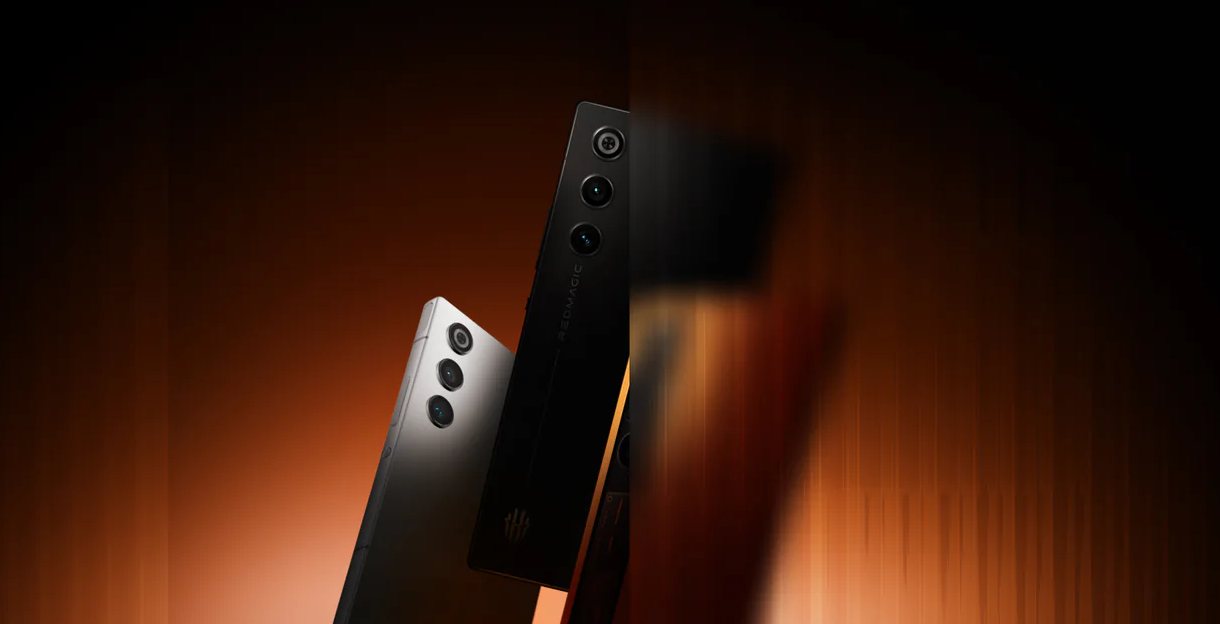
The Google Pixel 9, released on August 22, 2024, alongside the Pixel 9 Pro and Pro XL, introduces a host of upgrades over its predecessor the Pixel 8 (Craving Tech’s review available here).
Although it comes with a higher MSRP of $1,349 AUD compared to last year’s $1,199, the Pixel 9 justifies the increase with both hardware and software improvements, including a brighter screen, more RAM, a slightly larger battery, an ultrasonic fingerprint sensor, and enhanced AI/software features for photography, editing, and everyday tasks. These improvements solidify Google’s reputation for releasing top-of-the-line software with the Pixel, but now pairing them with even better hardware.
GOOGLE PIXEL 9 REVIEW – FULL SPECIFICATIONS (taken from Google and GSMarena)
Taken from Google and GSMarena
Body Specifications:
- Dimensions: 152.8 x 72 x 8.5 mm
- Weight: 198 g
- Build: Gorilla Glass Victus 2 front and back, with aluminium frame
- SIM: Nano-SIM and eSIM
- IP68 dust/water resistant (up to 1.5 m for 30 minutes)
Screen:
- Size: 6.3 inches (94.7 cm²)
- Type: OLED (1080 x 2424 pixels at ~422 PPI)
- Actua Display with >2,000,000:1 contrast ratio and full 24-bit depth for 16 million colours
- 60-120Hz refresh rate
- Brightness: 1800 nits (HDR) and peak brightness of 2700 nits
Memory:
- 128GB 12GB RAM, or 256GB 12GB RAM
- No expandable storage
Processor:
- Google Tensor G4
- Titan M2 security coprocessor
Main Camera: Advanced dual rear camera system: 50 MP wide | 48 MP ultrawide with Macro Focus | Super Res Zoom up to 8x13 and optical quality at 0.5x, 1x and 2x
Wide camera: 50 MP Octa PD wide camera, ƒ/1.68 aperture, 82° field of view, 1/1.31″ image sensor size, Super Res Zoom up to 8x
Ultrawide camera: 48 MP Quad PD ultrawide camera with auto-focus, ƒ/1.7 aperture, 123° field of view, 1/2.55″ image sensor size, Single-zone LDAF (laser detect auto-focus) sensor, Spectral and flicker sensor, Optical + electronic image stabilisation on wide
Front Camera: 10.5 MP Dual PD selfie camera with auto-focus, ƒ/2.2 aperture, 95° ultrawide field of view
Battery and Charging:
- Lithium-Ion, 4700 mAh battery
- Fast charging: Up to 55% in 30 minutes using a 45W USB-C charger (sold separately)
- 27W wired charging, PD3.0 (PPS)
- 15W wireless charging with Pixel Stand
- Reverse wireless charging (Battery Share)
Key Spec Differences:
The Pixel 9 shows several key upgrades over the Pixel 8. The screen size has increased slightly to 6.3 inches (from 6.2 inches) with a higher peak brightness of 2700 nits (from 2000 nits), improving visibility in bright conditions. The memory has also been boosted, now offering 12GB RAM across both storage options (compared to 8GB last year).
The main camera system also sees an upgrade with the introduction of a 48 MP ultrawide camera and dual pixel PDAF for enhanced focus performance. Additionally, the battery has been slightly increased to 4700 mAh (compared to 4,575 mAh in the Pixel 8).
GOOGLE PIXEL 9 REVIEW – PACKAGING AND SETUP
The Pixel 9 package includes a USB-C to USB-C cable, a device manual, a warranty card, and a SIM ejector pin. As with last year’s model, setting up the phone is straightforward. You can sync accounts from any Android or iPhone by scanning a QR code and following the on-screen instructions.

GOOGLE PIXEL 9 REVIEW – BUILD AND DESIGN
In my opinion, the Pixel 9 has an improved design over last year’s Pixel 8. The increased screen-to-body ratio and slightly thinner, uniform bezels are great, and I think give it a more premium look. I also love the matte satin metal rails, though the glossy polished glass back does attract fingerprints (which is why I prefer the matte back of the Pixel 9 Pro and Pro XL).
I particularly like the slight redesign of the camera bump; it retains the horizontal bar that spans the entire width of the phone but now with more refined, curved edges and a polished metallic finish, making it look even more elegant.

This year, the Pixel 9 is available in four colours: Obsidian (black), Porcelain (white), Wintergreen (mint green), and Peony (pink).
Notable Software Features
The new Pixel Screenshots app is designed to keep your screenshots organised and easily accessible. It analyses your screenshots, creates a description of it, and organises them. So instead of scrolling through a cluttered gallery, you can simply search for the information you need, and the app will quickly find and display the relevant screenshot.


Pixel Studio is an app that lets you generate images directly on your phone, similar to AI programs like DALL-E. It combines on-device processing with Google’s cloud-based Imagen 3 model, making it easy to create visuals from just a text prompt.
The interface is user-friendly, allowing you to experiment with different styles, turn images into stickers, and make adjustments in real-time. While the feature is undeniably cool and showcases some impressive technology, to be honest the novelty can wear off after a while, and I don’t see a compelling reason to return to the app frequently or consider it a major selling point for the phone. Nonetheless, it’s a fun tool to explore and adds a creative touch to the overall experience.
I guess if you are a content creator, work in marketing, or as a social media publisher, this is a nice tool to have to help you with your work.


Gemini returns as your AI-powered assistant, offering a multitude of capabilities, from finding information within your Google apps (such as Gmail) to creating lists and scheduling plans. One particularly impressive feature is the ability to interact with Gemini to get more information or take action on what’s on your screen.
For instance, when I was reading about car specifications, I was able to simply hold the power button to launch Gemini, select “ask about this screen,” and it accessed the webpage to provide context and was able to answer any of my questions. It can also summarise YouTube videos or articles. Additionally, you can take a photo and ask Gemini about it, whether it’s to find recipes based on the contents of your fridge or to discover brands with designs similar to what you’re viewing


However, there’s a somewhat awkward coexistence with the regular Google Assistant, as Gemini still relies on it for tasks like scheduling calendar events and setting timers. From a marketing standpoint, it feels like Google is in a transitional phase between the Google Assistant and Gemini. The two assistants are not fully integrated, often running simultaneously or performing different tasks, which can lead to some confusion about which assistant is handling what, despite Google heavily promoting Gemini’s capabilities.
Overall, there’s a lot of potential here, but sometimes it’s a bit unclear what Gemini can and cannot do. It could be beneficial if Google provided a comprehensive list of Gemini’s capabilities or a detailed tutorial on how to use it upon launch.
Call Notes can automatically transcribe and summarise your phone calls, so you don’t have to worry about taking notes. It is done completely on-device, and these recordings and summaries are never sent to the cloud. Unfortunately, this might be a U.S.-only feature for now, as it seems to be unavailable for me at the moment.
And again, Google promises 7 years of OS and security updates, which is terrific.
Camera
The Pixel 9’s camera continues the tradition of excellence we’ve come to expect. It excels in delivering high-quality, effortless pictures with its 50 MP main camera, with vibrant colours, excellent dynamic range, and sharp details. Most of the time, these shots are Instagram-worthy just as they are and don’t even need any editing.









Here are the 0.5x and 8x zoom shots:


The camera also retains popular features from last year, including Best Take, which merges multiple group photos to let you swap faces; Unblur; and Magic Eraser, which uses AI to remove unwanted people or objects and fill in the gaps. Audio Magic Eraser also remains handy for reducing specific noises in your videos.
This year, Magic Editor has been improved, with significantly faster processing and a couple new features. It now includes Autoframe, which can not only suggest optimal crops but also zoom out of images using generative fill, and Reimagine, which allows you to completely alter subjects or backgrounds by describing what you want to see.
Original Picture (Left) vs Autoframe created the bottom part of the image using generative fill (Right)


Here’s another example of an original picture (Left) vs “Reimagine as a library” (Right)


The Add Me feature is also particularly clever for group shots. It ensures that you can be part of the final photo even if you’re the one taking it. The process involves taking the initial photo, then handing the phone to someone else so you can join the group. Google’s Augmented Reality and Tensor G4 AI models combine the two images to create a final shot with everyone included.



Panorama mode has also been enhanced, offering smooth photo integration with a user-friendly interface that guides you on how to pan and capture wide shots effectively. Overall, the Pixel 9’s camera continues to impress with its reliable performance and excellent software features, making it a great option for both everyday use and creative photo editing.

Battery
The Pixel 9’s battery performance is solid and reliable, with a 4700 mAh capacity which is slightly larger than the 4575 mAh battery in last year’s Pixel 8. In my testing it was able to last through a full workday, handling many hours of social media, music, and camera use without any issues. By evening, I typically have around 20% battery left. While the battery size isn’t groundbreaking, it is more than sufficient for daily use.
Charging speed is solid as well, with the Pixel 9 reaching 55% charge in about 30 minutes, as claimed. It also supports fast wireless charging for convenience. Overall, the battery and charging performance are sufficient for everyday needs, ensuring you won’t be frequently scrambling for a charger.
GOOGLE PIXEL 9 REVIEW SUMMARY

Overall, the Google Pixel 9 brings notable upgrades over its predecessor, both in hardware and in software. It features a brighter screen, increased RAM, a slightly larger battery, and enhanced camera capabilities. The introduction of more AI and software features, such enhanced Gemini capabilities, improved Magic Editor, Add Me, and Pixel Screenshots are also welcomed additions.
While it starts at a higher price point of $1,349 AUD, Google’s frequent discounts throughout the year can make it a great value, especially if you can snag a reduced price. The various trade-in and store-credit options provided by Google are also worth looking at. So, if you’ve heard good things about the Pixel 8 last year, I think it just got even better.
Disclosure: Google Pixel 9 review sample was supplied for reviewing
Google Pixel 9 Review
Overall
Summary
The Google Pixel 9 is a powerhouse upgrade with a brighter screen, improved camera, and enhanced AI features. It’s a top-tier choice for those seeking a powerful smartphone experience that seamlessly blends cutting-edge technology with everyday convenience.
Pros
- 6.3-inch OLED, 120Hz refresh rate
- High-resolution display (1080 x 2424 pixels) with increased peak brightness and 12 GB RAM
- Enhanced 48 MP ultrawide camera with dual pixel PDAF
- Solid battery life with fast charging capabilities
- Improved AI and software features, including Pixel Screenshots, Pixel Studio, Add Me, more Magic Editor capabilities, and enhanced Gemini assistant
- 7 years of OS and security updates
- Refined, premium design with multiple colour options
Cons
- Higher price point compared to the Pixel 8
- Dual AI assistants (Gemini and Google Assistant) could be more integrated, and more information about Gemini’s capabilities can be provided
- No expandable storage options






